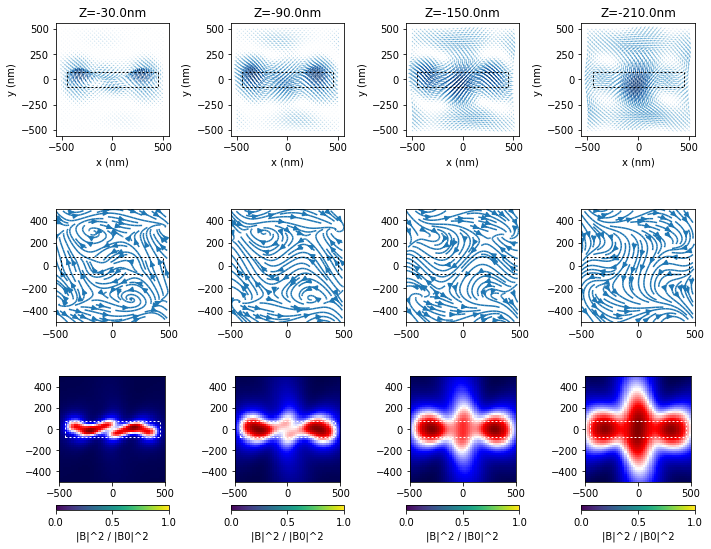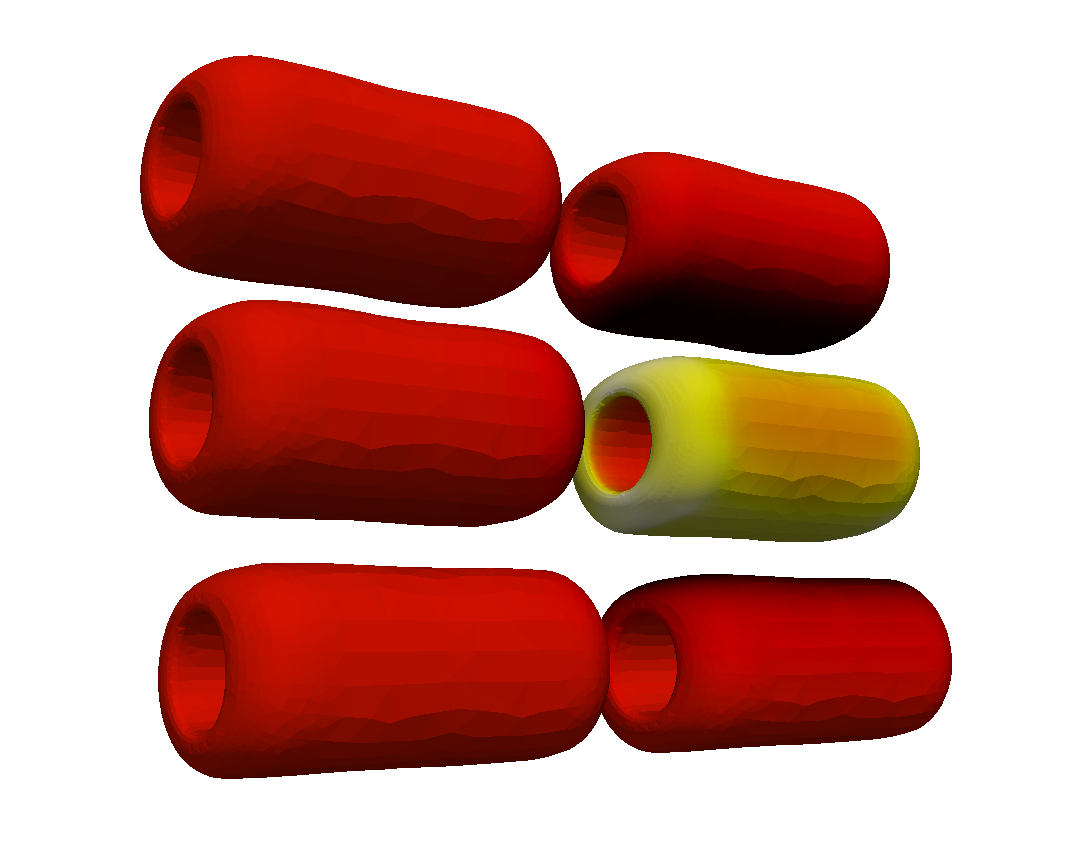|
|
 |
for90-MoM2
for90-MoM2 by Jouni Mäkitalo is a Method of Moments electromagnetic wave scattering solver implemented in Fortran 90 for EM scattering from dielectric/lossy/plasmonic/PEC objects.

Code_Øyre is a Fortran code for Electromagnetic Scattering Calculations for Arbitrarily Shaped Closed Surfaces using the Method of Moments.
MoM_code_Oyre
Fortran based electromagnetic scattering program for arbitrarily shaped closed surfaces using the Method of Moments by Eilif Sommer Øyre.

MAGMAS stands for: Model for the Analysis of General Multilayered Antenna Structures. MAGMAS is a software framework developed for the analysis of general planar structures. It was developed in cooperation with the European Space Agency ESA. The MAGMAS solution engine has been written in Fortran 90 and tested on HP-UX, Sun Solaris and Linux platforms.

pyGDM
pyGDM is a python toolkit for full-field electro-dynamical simulations and evolutionary optimization of nanostructures by Peter R. Wiecha. Is is based based on the Green dyadic method (GDM).

ACA Solver by Juan M. Rius is a fast iterative solver for compressible linear systems, with multilevel Adaptive Cross Approximation (ACA) matrix compression. The solver has been developed for Electromagnetic Integral Equation problems discretized by Method of Moments (MoM). The Matlab code integrates a 3D MoM solver.
- Link (7 Feb 2014) insecure
- Link (4 Aug 2016) broken
- Link (10. Feb 2022)

Bempp is a computational boundary element platform to solve electrostatic, acoustic and electromagnetic problems.

BETL by Lars Kielhorn is a C++ template library for the discretisation of boundary integral operators. BETL can be used to discretise boundary operators associated with the Maxwell equations in 3D using the Galerkin approach.

|
|
 |
|

